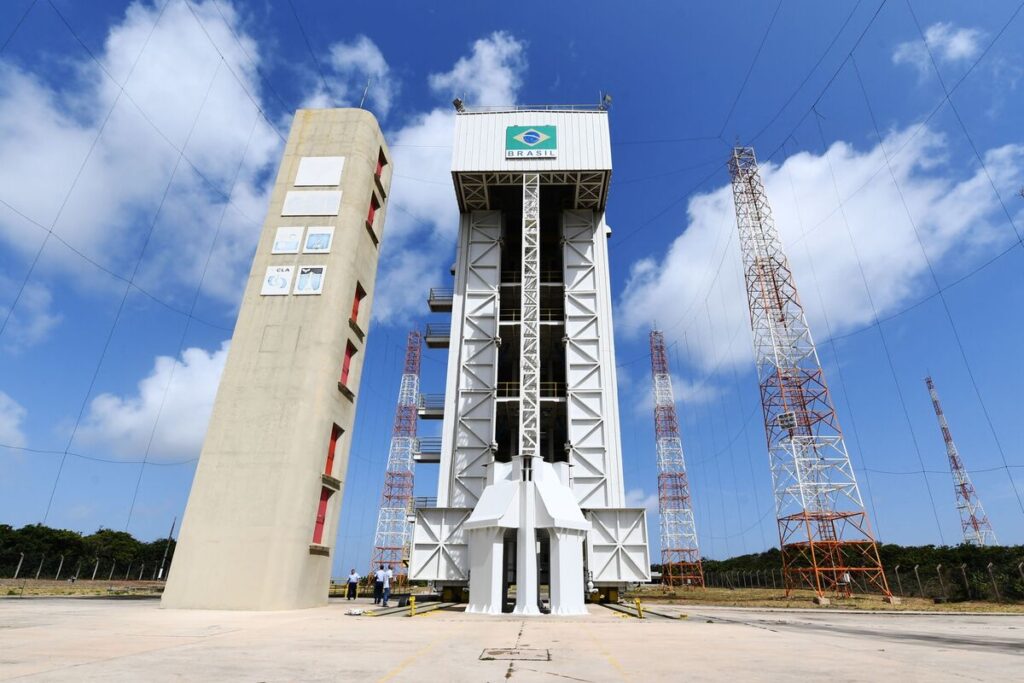The Rise of China’s Space Ambitions
China invests heavily in a mega project aimed at providing global internet coverage from space. Consequently, the project, dubbed the “GW” constellation, will consist of 13,000 satellites and cost over $15 billion. Meanwhile, China’s move challenges Elon Musk’s Starlink internet service directly.
Design and Development of the GW Constellation
The GW constellation is designed to provide high-speed internet connectivity to remote and underserved areas worldwide. China’s state-owned China Aerospace Science and Industry Corporation (CASIC) develops the GW constellation. Notably, CASIC is a leading player in China’s space industry, with a strong track record of developing advanced satellite systems.
Technical Specifications of the GW Constellation
CASIC designs the GW constellation to play a significant role in shaping the future of space internet. The constellation will consist of 13,000 satellites, providing global coverage and high-speed internet connectivity. Furthermore, the satellites will be equipped with advanced communication systems, enabling fast and reliable data transmission.

Elon Musk’s Starlink: A Pioneer in Space Internet
Elon Musk’s Starlink internet service pioneers space-based internet connectivity. With over 4,000 satellites in orbit, Starlink provides fast and reliable internet connectivity to customers worldwide. However, China’s GW constellation poses a significant threat to Starlink’s market dominance.
The Impact of China’s GW Constellation on Starlink
The entry of China’s GW constellation into the space internet market sets the stage for fierce competition with Elon Musk’s Starlink. Both players vie for control of the global space internet market, expected to be worth trillions of dollars in the coming years. As a result, the competition drives innovation and reduces costs, ultimately benefiting consumers worldwide.
The Future of Space Internet
The space internet market experiences rapid growth, driven by increasing demand for global connectivity. Meanwhile, the competition between China’s GW constellation and Elon Musk’s Starlink shapes the future of space internet. Consequently, consumers expect faster, more reliable, and more affordable internet connectivity from space.
What to Expect from the Space Internet Showdown
As the space internet market evolves, consumers can expect significant improvements in internet connectivity. The competition between China’s GW constellation and Elon Musk’s Starlink will drive innovation, reduce costs, and increase access to space-based internet connectivity. Moreover, the rivalry between the two companies will push the boundaries of what is possible in space-based internet connectivity.
The Role of Regulation in the Space Internet Market
Regulation plays a crucial role in shaping the space internet market. Governments and regulatory bodies must balance the need for innovation and competition with the need for safety and security. Consequently, the development of clear and effective regulations will be essential in ensuring the long-term success of the space internet market.

The Potential for Space Internet to Bridge the Digital Divide
Space internet has the potential to bridge the digital divide, providing internet connectivity to remote and underserved areas worldwide. The GW constellation and Starlink are well-positioned to play a significant role in this effort, providing fast and reliable internet connectivity to those who need it most. As a result, space internet can help to reduce inequality and promote economic development in underserved communities.
Conclusion: A New Era in Space Internet
China’s GW constellation enters the space internet market, marking the beginning of a new era in global connectivity. Consequently, the competition between China and Elon Musk’s Starlink drives innovation and reduces costs, ultimately benefiting consumers worldwide. As the space internet market evolves, one thing is clear: the future of global connectivity will be shaped by the rivalry between these two space internet giants.

















